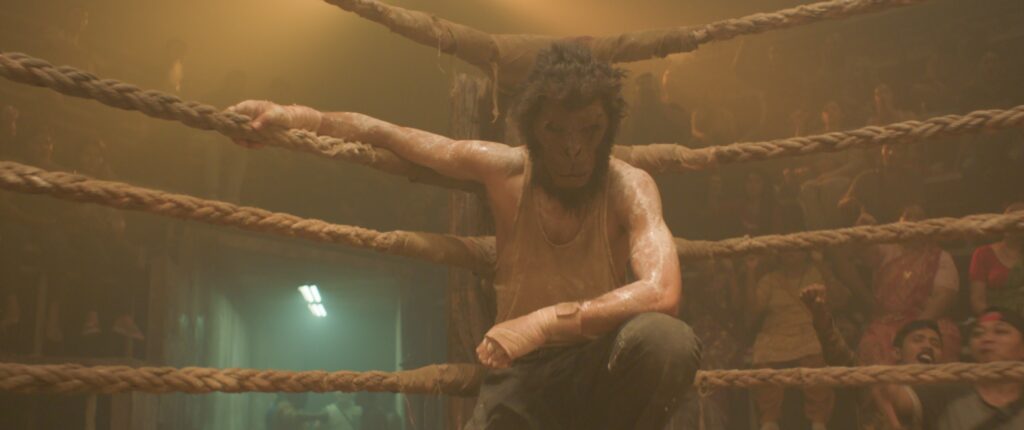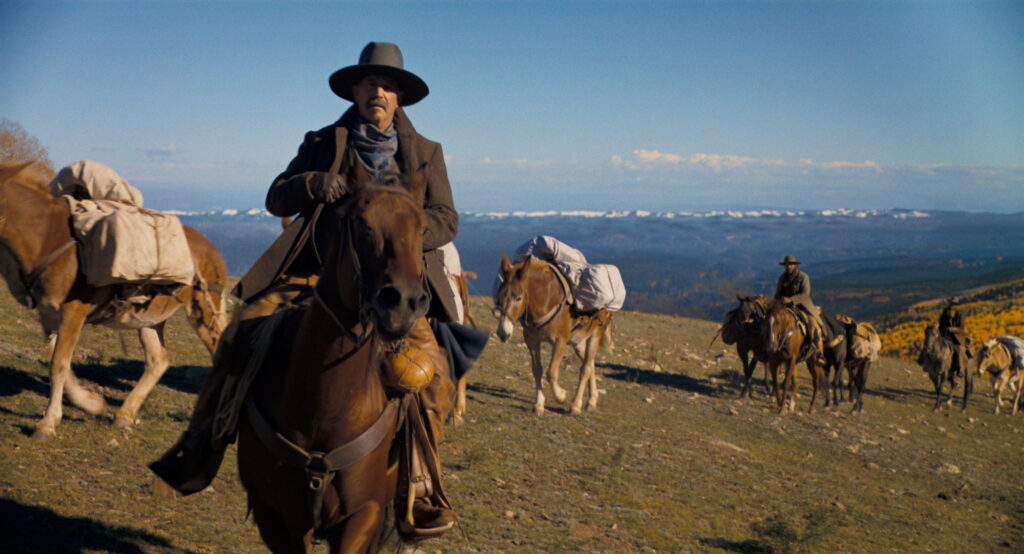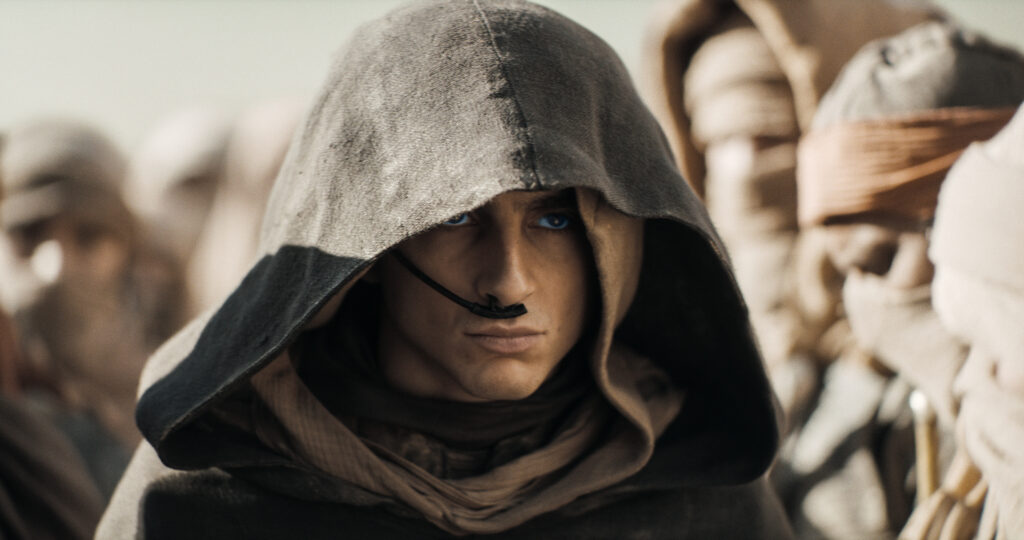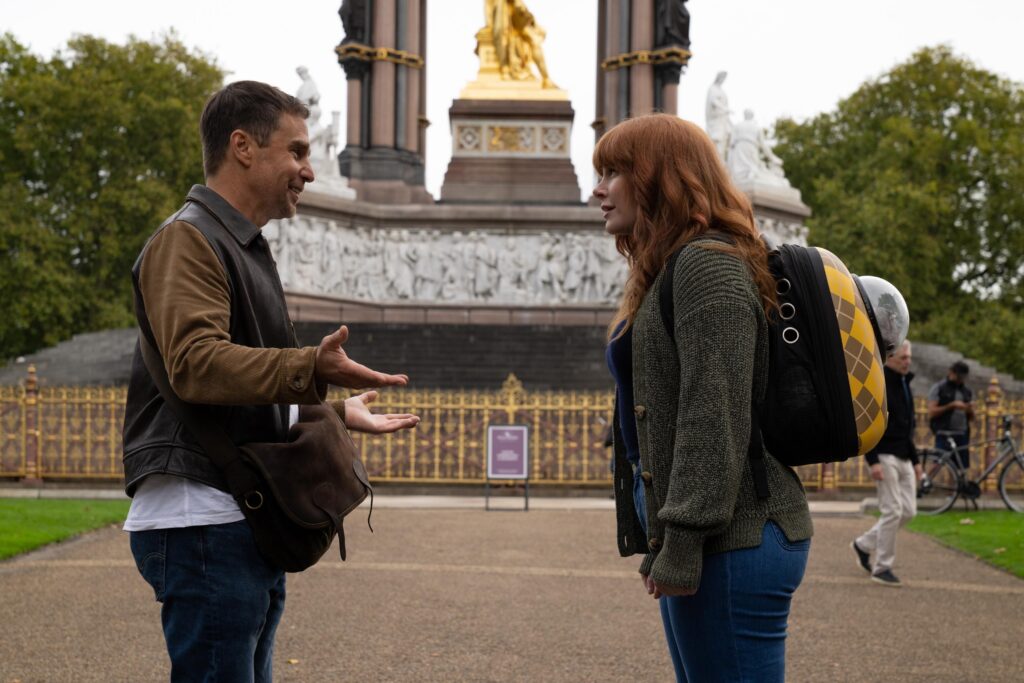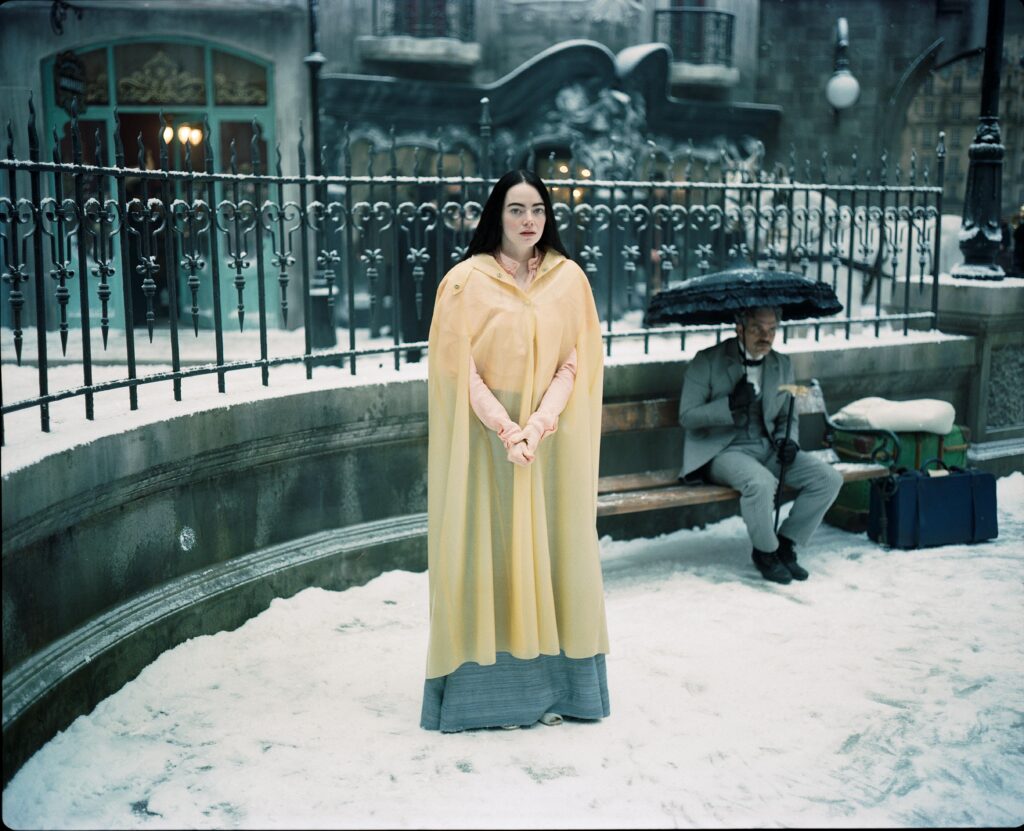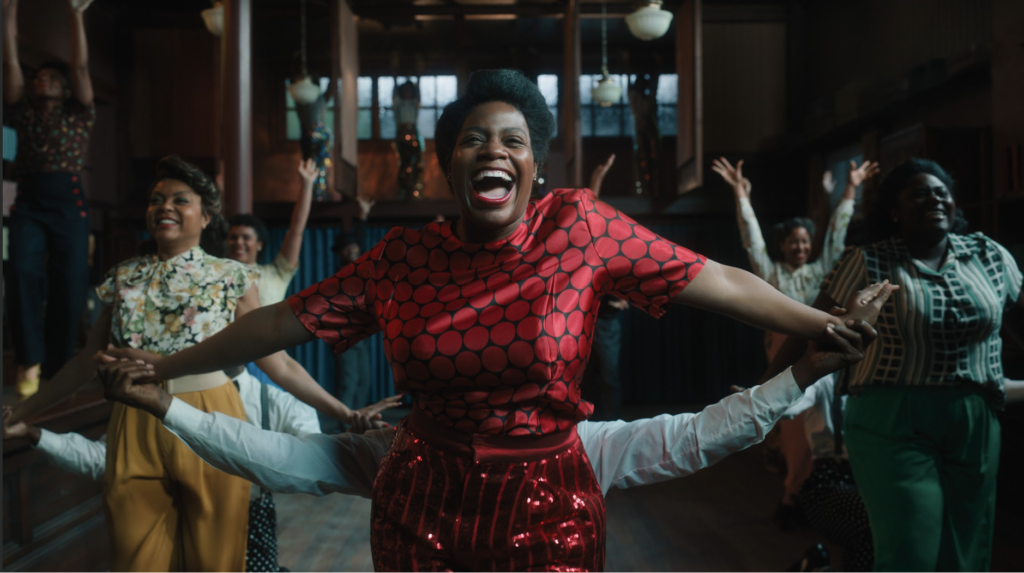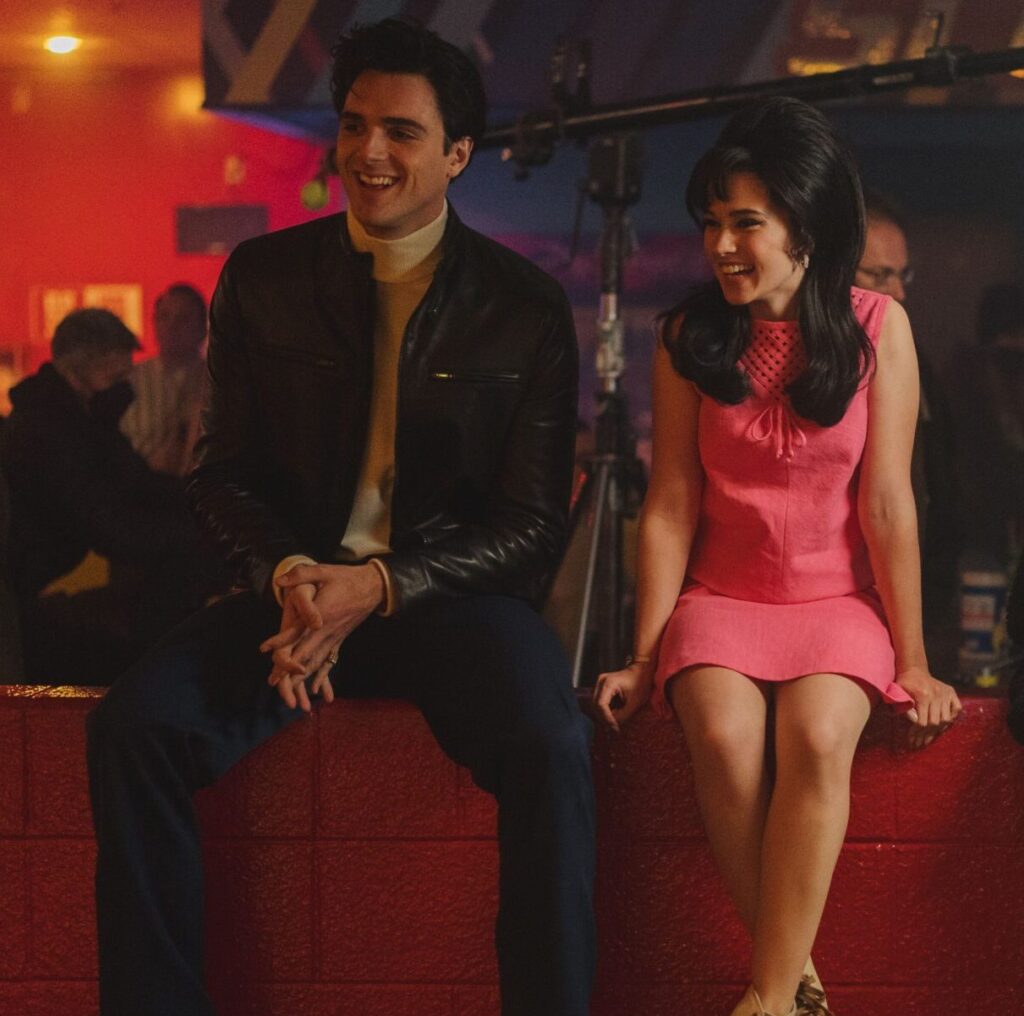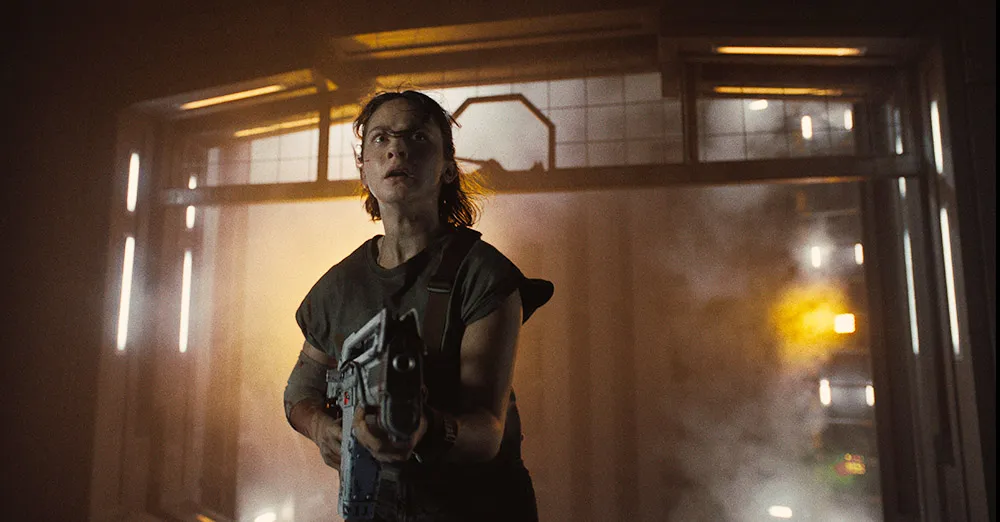
One of the lessons from the “Alien” movies is that greedy corporations shouldn’t mess with things that are better left alone. So it’s almost unbearably ironic that 20th Century Studios has attempted to resurrect the “Alien” franchise yet again.
This comes in a now decade-long trend of classic movies getting a “requel,” where a sequel made years after the original serves to reboot a franchise. And, whether the series is “Halloween,” “Twister,” “Indiana Jones” or “Star Wars,” requels never work. Each movie turns out a bit like Frankenstein’s monster — alive, well-crafted, but without a soul. And it’s no more true in any film than “Alien: Romulus.”
That’s not to say “Romulus” is a bad film, per se. It follows a group of twenty-somethings as they attempt to stage a heist of an abandoned ship so they can start a new life on another planet. Of course, the ship is infested with Xenomorphs — the aliens in “Alien” movies — and other unsavory creatures. Director Fede Álvarez crafts an effective slasher — aliens dispatch his protagonists in various creative ways, and the film’s set pieces are well-crafted enough to keep the audience engaged.
But that doesn’t mean it’s a good “Alien” movie. It misses what made director Ridley Scott’s original 1979 film so great. “Romulus” is a fun slasher. “Alien” is a masterpiece.
Where Álvarez goes wrong is that he doesn’t seem to recognize what made “Alien” so special. It wasn’t grisly violence or even a fantastic setting. Álvarez has those here throughout his film, and it certainly doesn’t make it a classic. What Scott had was creativity and an expert ability to create tension.
He had the bravery to start his film slowly — there’s no action in the beginning of the original “Alien.” The audience is left to observe the crew members of the spaceship “Nostromo.” They see the crew’s interactions, each character’s quirks — who is likable, who is not. Who is a leader, who is not. These personality traits all come into play later in the film when a Xenomorph starts killing members of the ship. It adds a realism and a richness to the movie that “Romulus” never quite pulls off.
That’s partially because Álvarez doesn’t have Scott’s patience. He rushes his alien-bait protagonists onto the Xenomorph-infested ship before the film even has time to settle, and he seems almost bored to be filming anything other than horror movie blood and gore. He isn’t interested in his characters beyond the ways they can be hunted. Their usefulness stops at the physical, naturally leading to a film that never moves below the surface in its characters. When a movie is a studio’s last-ditch effort to revitalize a franchise, the filmmakers can’t risk the audience being bored for even a moment. It makes for an entertaining movie, but a forgettable one.
Scott, especially around the time of “Alien,” was daringly creative, an instinct that has led to mixed results throughout his career. But in “Alien,” that creativity was vital. No one had ever seen sci-fi horror like this before. The creatures were new, the setting felt like “Star Wars” but more cynical and gritty, and the film was constantly playing with audience expectations about who would survive. “Alien” is a movie that keeps the audience on its back foot, creating the tension the movie is still famous for over 40 years later.
“Romulus” remixes Scott’s creativity, but it doesn’t build on it. Nearly every scene is a callback in some way to the original, playing on cheap nostalgia. Again, it makes the film entertaining, but not good. And certainly not great. It’s similar to “Star Wars: The Force Awakens.” Its plays for nostalgia were fun, but it was a thin veneer over a complete lack of creativity. It was a film that was too afraid to go its own way, and “Romulus” is the same.
Not all of “Romulus” banality is Álvarez’s fault. It’s a franchise that has been around for decades — audiences know the plot, they know the heroes, and they know the villains. Scott’s element of surprise has been lost to time.
These are problems with nearly every one of these requels, and some of them don’t have an easy fix. No one is ever going to be able to fully capture Ridley Scott’s genius any more than they could capture Spielberg’s in the new ill-advised “Indiana Jones.” A solution, though, is to simply make new movies. Don’t tie them to a franchise — try something new.
The post “Alien: Romulus” is a disappointing “requel” appeared first on Technique.

